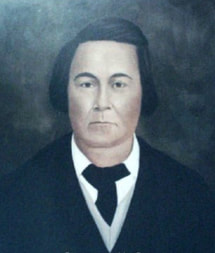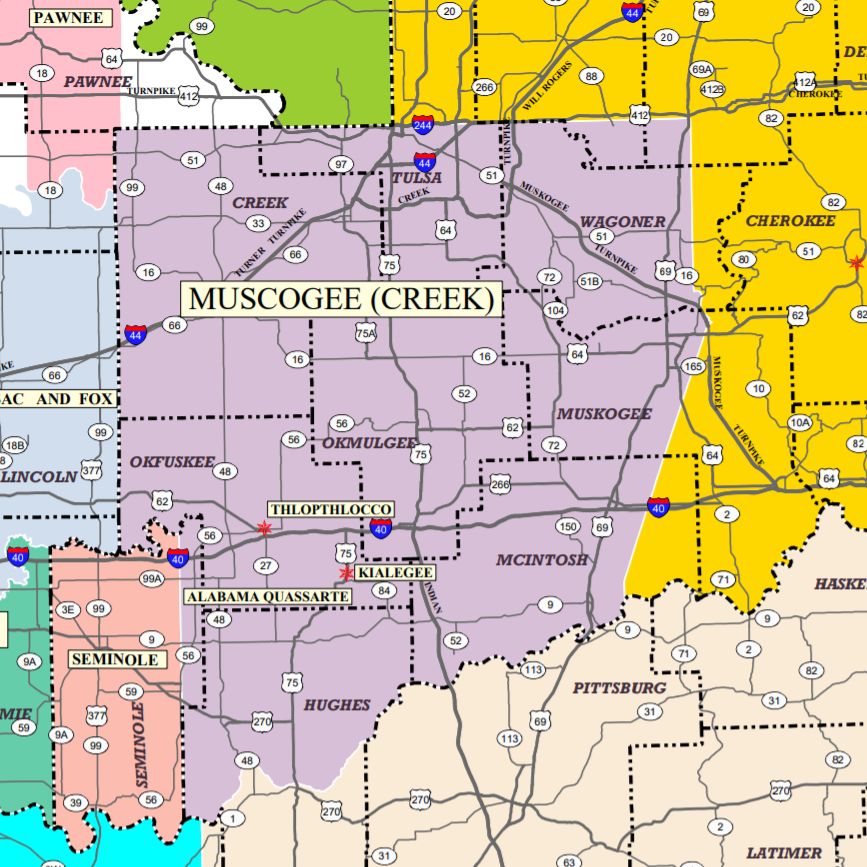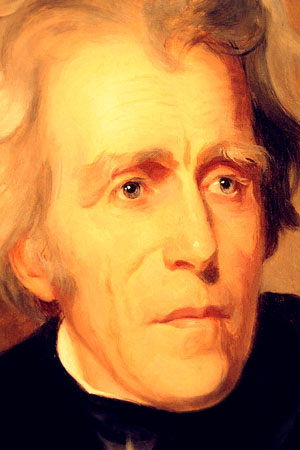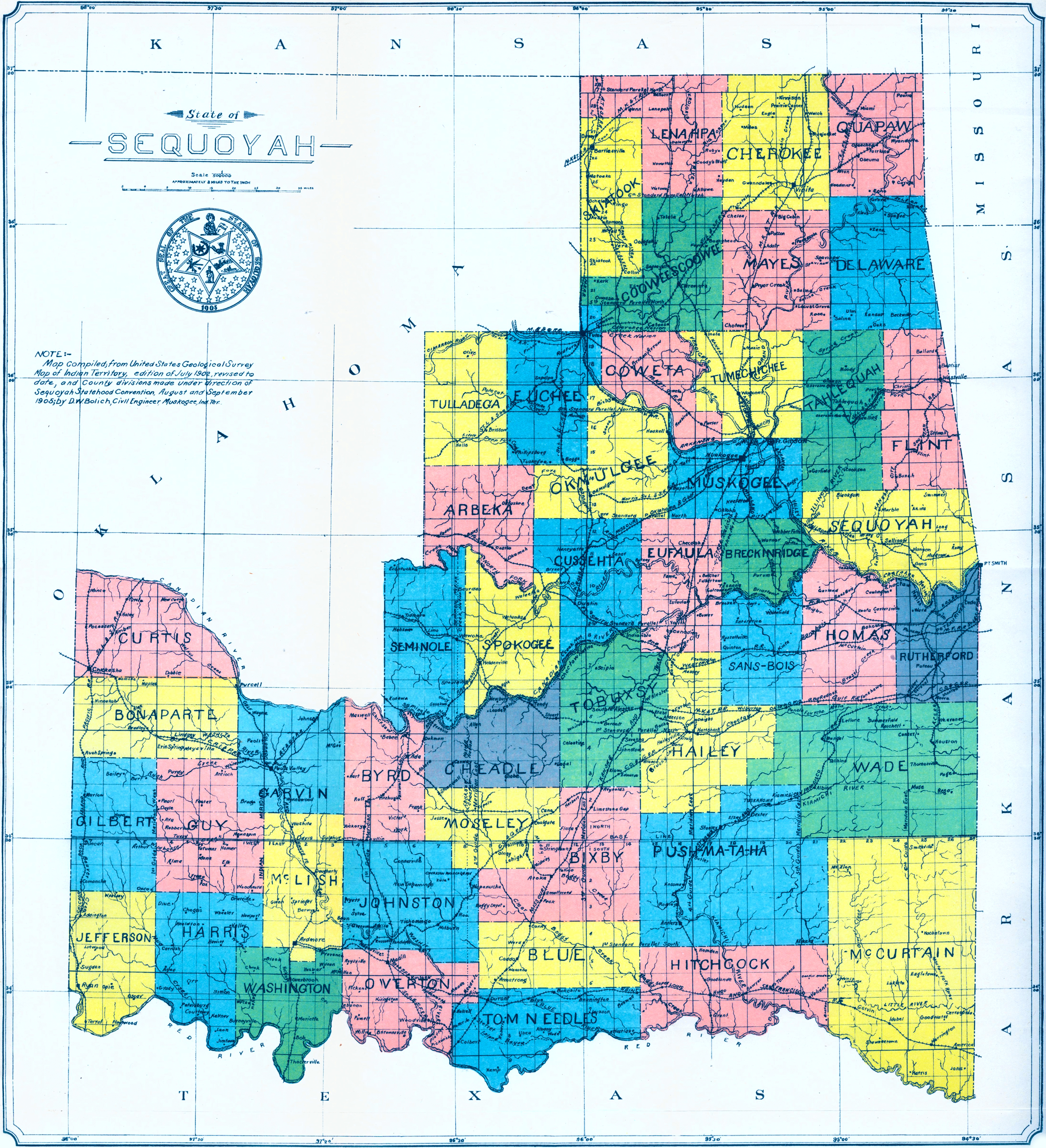| How does an Oklahoma death row murder appeal end up with the possible removal of all non Muscogee Creek Nation tribal members from a massive portion of eastern Oklahoma? That's the tale of Patrick Murphy, a man claiming to be a member of the Muscogee Creek Nation. |
The 10th Circuit Reversed Indian Reservation Precedent
| The federal government asked the justices last Friday to review and reverse the Tenth Circuit Court of Appeals’ decision in Royal v. Murphy, an unusual case in which Patrick Murphy, a death-row inmate and member of the Muscogee Creek Nation, claimed Oklahoma lacked the jurisdiction to try him for the murder of another tribal member on what was part of the Creek Nation’s reservation. Until now, state and federal officials assumed those boundaries no longer existed. To prepare Oklahoma for statehood in the late nineteenth century, Congress stripped the Creek Nation and other tribes in the territory of their courts, governments, and laws. The federal government also compelled the Creek to convert their tribal lands into allotments for private ownership by the tribe’s members, with the surplus land to be sold to white settlers. When Oklahoma joined the Union in 1907, state and federal power held total sway. A three-judge panel in the Tenth Circuit ruled last summer, however, that Congress never explicitly abolished the Creek Nation’s reservation along the way. Under the Supreme Court’s precedents, the judges concluded, the oversight left the reservation legally intact until the present day. As a result, the panel ruled that the defendant’s murder case could only be tried in federal courts, like other major crimes between Native Americans on tribal land under current federal law. |
 Choctaw Chief, Greenwood LeFlore
Choctaw Chief, Greenwood LeFlore Traditionally, reservation land is held “in trust” for Indians by the federal government. The goal of this policy was originally to keep Indians contained to certain lands. Now, it has shifted to preserving these lands for indigenous peoples. But the effect is the same. Indians can’t own reservation land, so they can’t build equity. This prevents American Indians from reaping numerous benefits.
Civilized Tribes
But the 'civilized' tribes of eastern Oklahoma weren't like many other tribes of North America. The Creeks, Cherokee, Chickasaw, Choctaw, & Seminole tribes. These tribes has assimilated to a culture that was very similar to the European settlers of the southern states. The wealthier tribal members owned large ranches and plantations and owned many black slaves. Many tribal members opted not to travel to Oklahoma Indian territory in the 19th century because they were very wealthy & influential in southern society.
The Choctaw principal chief, Greenwood LeFlore, was the son of a Frenchman and the daughter of the Choctaw chief. He owned a massive plantation in what eventually became 'Greenwood, MS. He was a Mississippi State Senator and a close friend of Jefferson Davis (Confederate President). His tribe traveled to Oklahoma for the promise of self-government, but Leflore opted to keep his Mississippi affluence and wealth.
The Osage tribe, and several other smaller & nomadic tribes, did not identify with an idea that members could own land. They saw land as a common asset of the people, in the same way that air is common. Only tribal domains were claimed by tribes as a whole, and defended mutually. In March 2010, the United States Court of Appeals for the Tenth Circuit held that the 1906 Allotment Act had disestablished the Osage reservation established in 1872.
A Brief Primer on Muscogee Creek History...
| Friends and Brothers – By permission of the Great Spirit above, and the voice of the people, I have been made President of the United States, and now speak to you as your Father and friend, and request you to listen. Your warriors have known me long You know I love my white and red children, and always speak with a straight, and not with a forked tongue; that I have always told you the truth ... Where you now are, you and my white children are too near to each other to live in harmony and peace. Your game is destroyed, and many of your people will not work and till the earth. Beyond the great River Mississippi, where a part of your nation has gone, your Father has provided a country large enough for all of you, and he advises you to remove to it. There your white brothers will not trouble you; they will have no claim to the land, and you can live upon it you and all your children, as long as the grass grows or the water runs, in peace and plenty. It will be yours forever. For the improvements in the country where you now live, and for all the stock which you cannot take with you, your Father will pay you a fair price ... — President Andrew Jackson addressing the Creeks, 1829 |
Because many Muscogee Creek people did support the Confederacy during the Civil War, the US government required a new treaty with the nation in 1866 to define peace after the war. It required the Creek to emancipate their slaves and to admit them as full members and citizens of the Creek Nation, equal to the Creek in receiving annuities and land benefits. They were then known as Creek Freedmen. The US government required setting aside part of the Creek reservation land to be assigned to the freedmen.
Many of the loyalists in the tribe resisted these changes. The loss of lands contributed to problems for the nation in the late 19th century.
The Union Loyalists in the Creek Nation were especially resistant to the loss of tribal nation land. The Loyalists among the Creek tended to be traditionalists. They formed the core of a band that became known as the Snakes, which also included many Creek Freedmen. At the end of the century, they resisted the extinguishing of tribal government and break-up of communal tribal lands enacted by the US Congress with the Dawes Commission of 1892. These efforts were part of the US government's attempt to impose assimilation on the tribes, to introduce household ownership of land, and to remove legal barriers to the Indian Territory's achieving statehood.
Members of the Creek Nation were registered as individuals on the Dawes Rolls; the Commission separately registered intermarried whites and Creek Freedmen, whether or not they had any Creek ancestry. This ruined their claims to Creek membership later, even for people who had parents or other relative who were Creek. The Dawes Rolls have been used as the basis for many tribes to establish membership descent. European-American settlers had moved into the area and pressed for statehood and access to some of the tribal lands for settlement.
The act also transferred the authority to determine members of tribes to the Dawes Commission as part of the registration of members. Thus, individuals could be enrolled as members without tribal consent. By effectively abolishing the remainder of tribal courts, tribal governments, and tribal land claims in the Indian Territory of Oklahoma, the act enabled Oklahoma to be admitted as a state, which followed in 1907.
The Ill-Fated 46th State, Called Sequoyah
| A Constitutional Convention was convened in August of 1905 by residents of Indian Territory and proposed to Congress that a State of Sequoyah be admitted to the Union.
|
The Eventual 46th State , Called Oklahoma
The act also provided "that nothing contained in the said constitution shall be construed to limit or impair the rights of person or property pertaining to the Indians of said Territories (so long as such rights shall remain unextinguished) or to limit or affect the authority of the Government of the United States to make any law or regulation respecting such Indians, their lands, property, or other rights by treaties, agreement, law, or otherwise, which it would have been competent to make if this Act had never been passed."
The same act also provided for the people of New Mexico and of Arizona to form a constitution and State government and be admitted into the Union.
At the time President Roosevelt proclaimed Oklahoma a state on November 16, 1907, there were no Indian Reservations within the state boundaries; former Indian Lands were either held by the U.S. Government in trust for members of the tribes, were allotted to members of the tribe, or distributed through land runs for settlers to homestead, ultimately receiving a Land patent as title to the land. Tribal governments were basically relegated to settling disputes between tribal members based on tribal custom, and being a conduit for federally sponsored community support. Some tribes distributed royalty income to members from oil and gas leases on tribal grounds.






